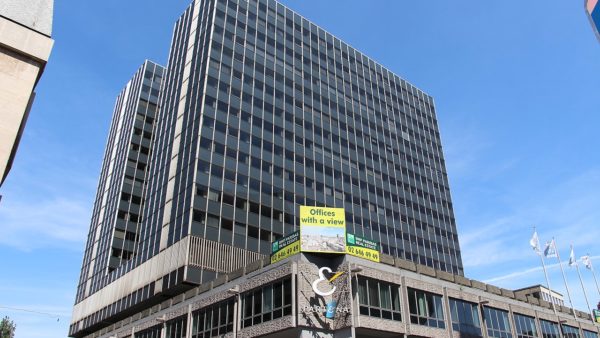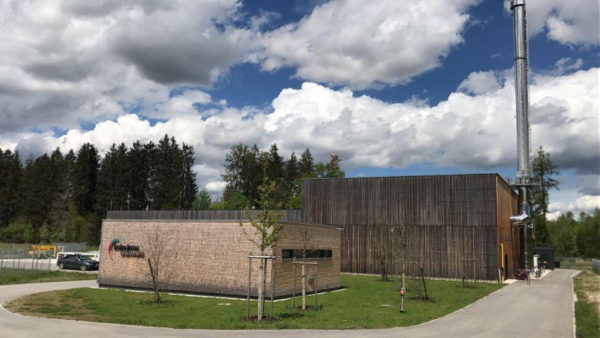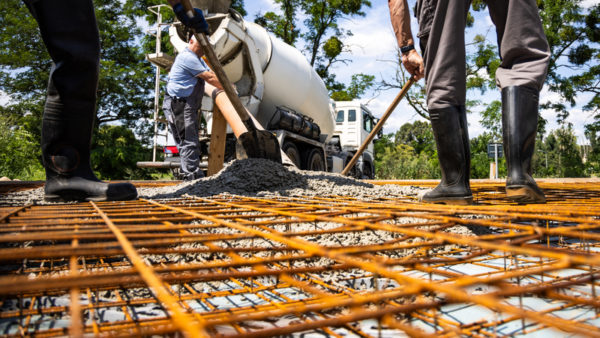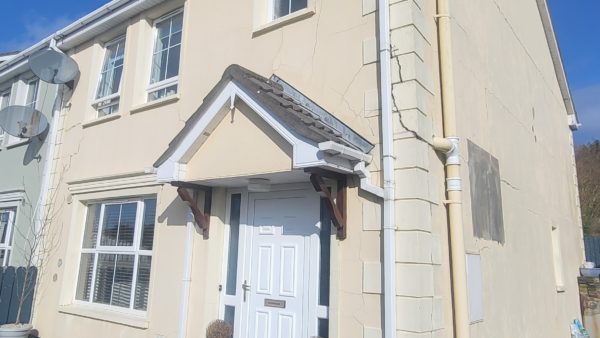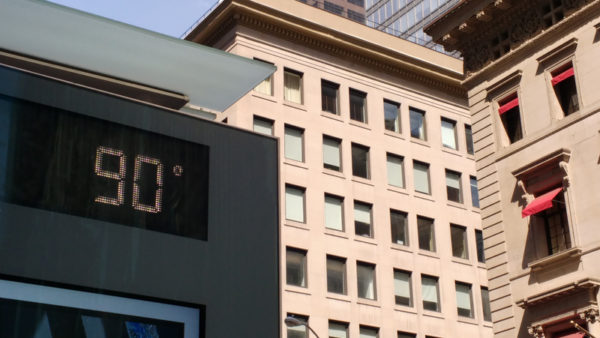Rail superpowers Japan and China are to go ahead with long-discussed moves to cooperate on overseas infrastructure projects, with Thailand’s $5.5bn East Coast scheme under discussion as their debut projaect.
The two sides are to take up the matter when Japanese prime minister Shinzo Abe visits Beijing in October. The expectation is that memorandums of understanding for 20 to 30 projects will be signed, possibly including the Thai economic corridor.
Before then, in September, a public-private committee is scheduled to hold its first meeting, also in Beijing, to set up a framework for cooperation.
The Nikkei Asian Review reports that the first meeting will be held by Hiroto Izumi, Abe’s special adviser, and Ning Jizhe, a vice chairman of the National Development and Reform Commission of China. Senior officials from Japan’s top business lobby, Keidanren, will also participate.
Both sides have much to gain from working together. As well as avoiding a repeat of the bruising battle over a high-speed line in Java in 2015, which turned out to be a pyrrhic victory for the Chinese side, the presence of Japanese finance may ease concerns about the overwhelming impact of Chinese investment on smaller countries.Â
The two sides could also benefit from a relaxation of diplomatic tensions. Japan’s willingness to cooperate may be seen as a reaction to Washington’s increasingly mercantile approach to its rivals and allies.
The possibility of a joint venture aimed at Thailand was first floated by a senior official from the Japan Bank for International Cooperation in May of this year. Tadashi Maeda, chief executive officer of the state-owned bank, made the proposal in a meeting in Bangkok with Thai prime minister Prayuth Chan-ocha.
Thailand aims to hold competitive bids for the scheme, a centrepiece of the government’s economic development policy, later this year.
More generally, a partnership between the two regional superpowers is not likely to run out of work in the near future. A report by banking group HSBC in 2016 found that Southeast Asia alone had to spend $2.1 trillion on infrastructure just to keep up with urban population growth, and in 2017 the Asian Development Bank puts the Asia-Pacific’s requirements at $1.7 trillion 2016 to 2030, twice its previous estimate.
Image: Shinkansen trains on parade: Japan and China are both rail superpowers (Pagemoral/Creative Commons)






